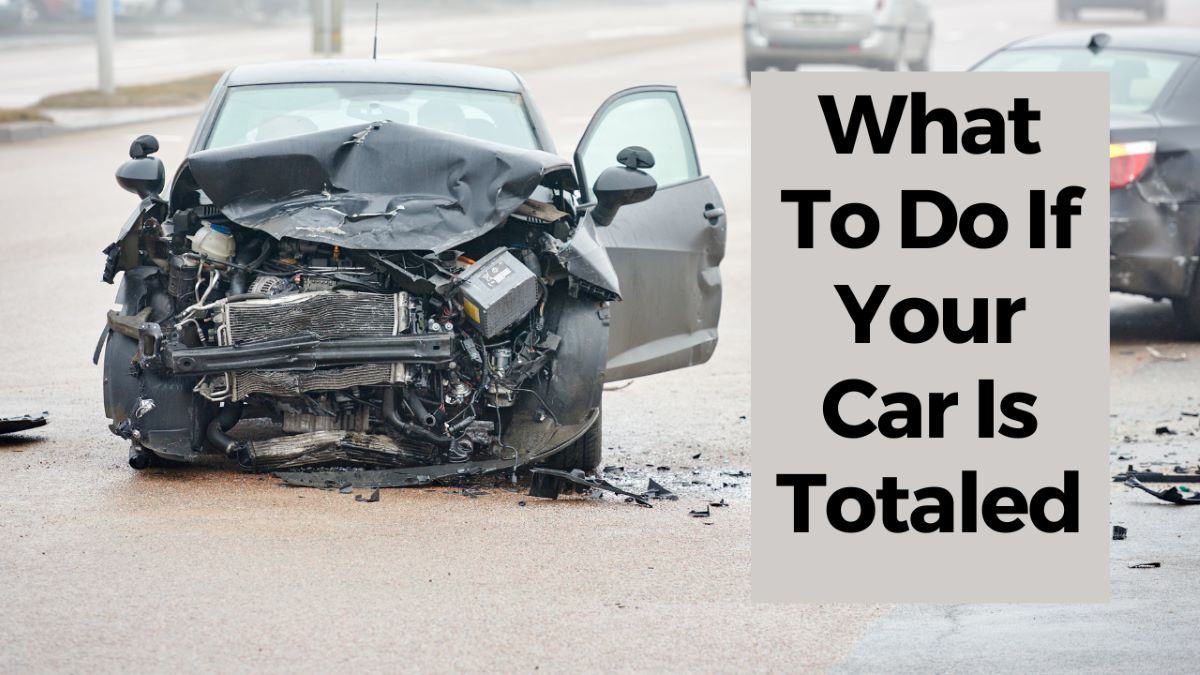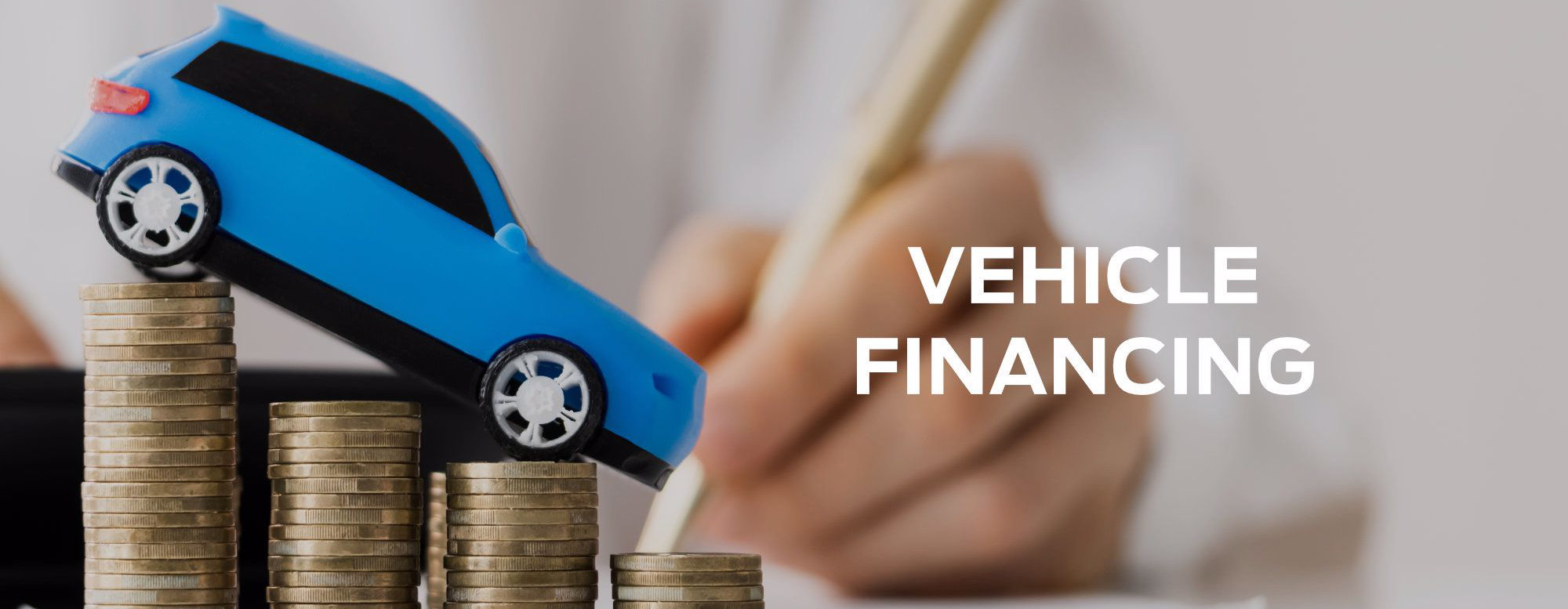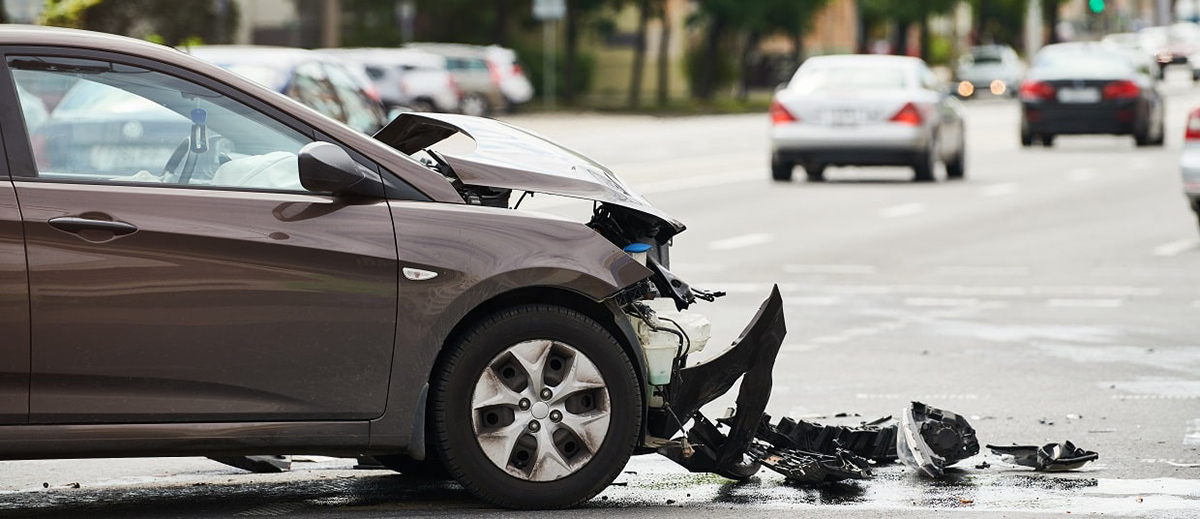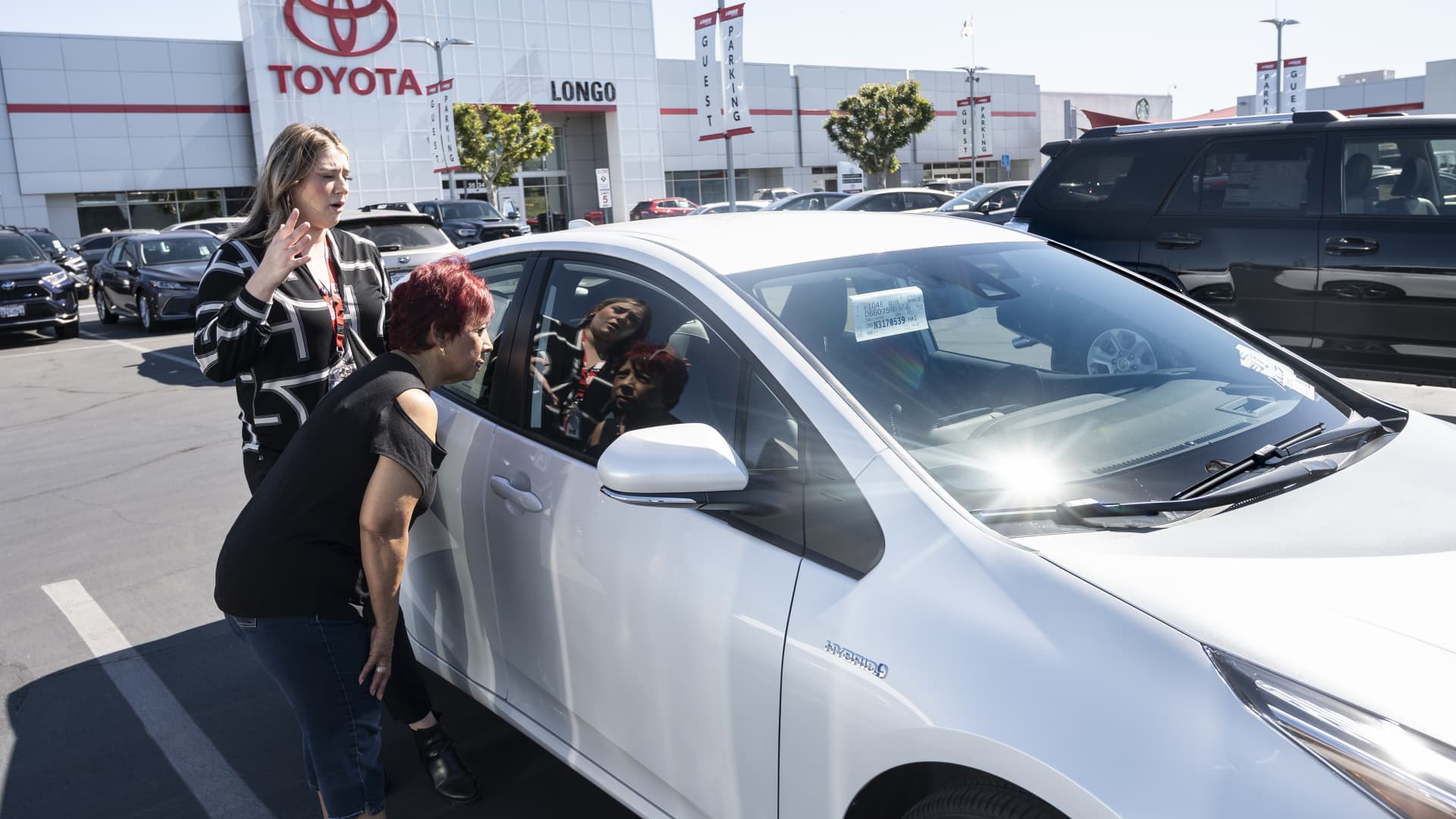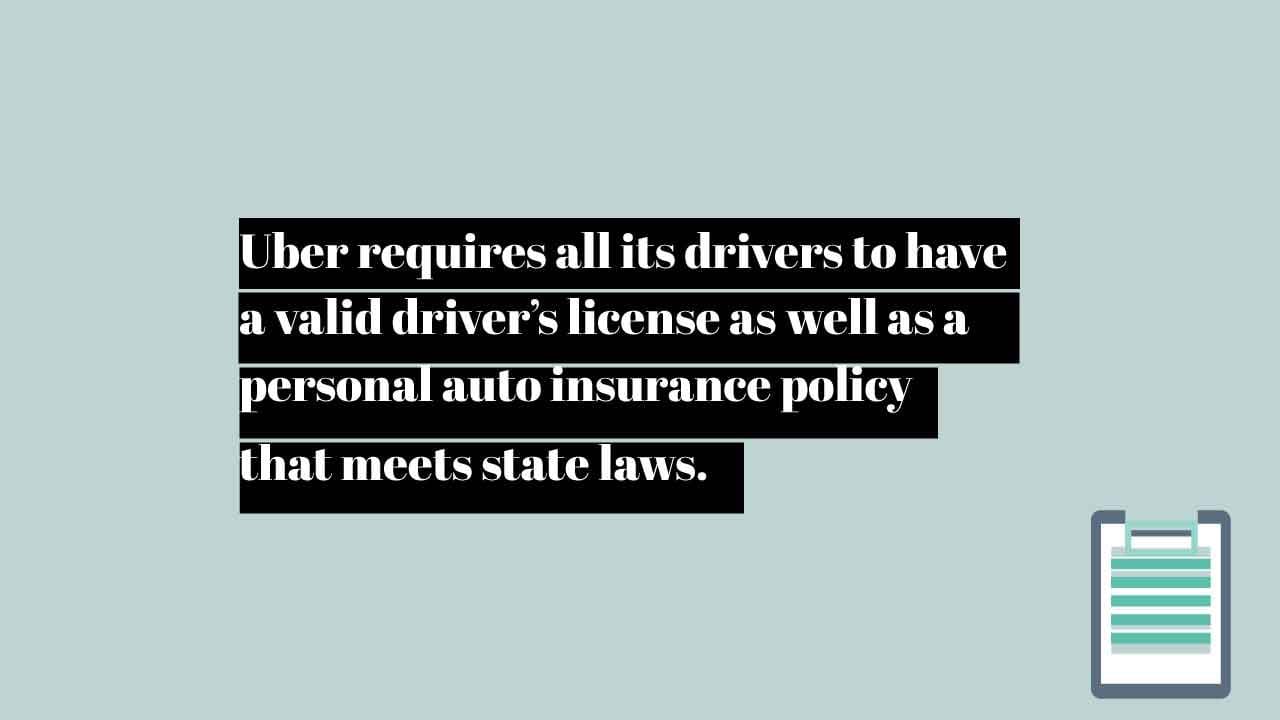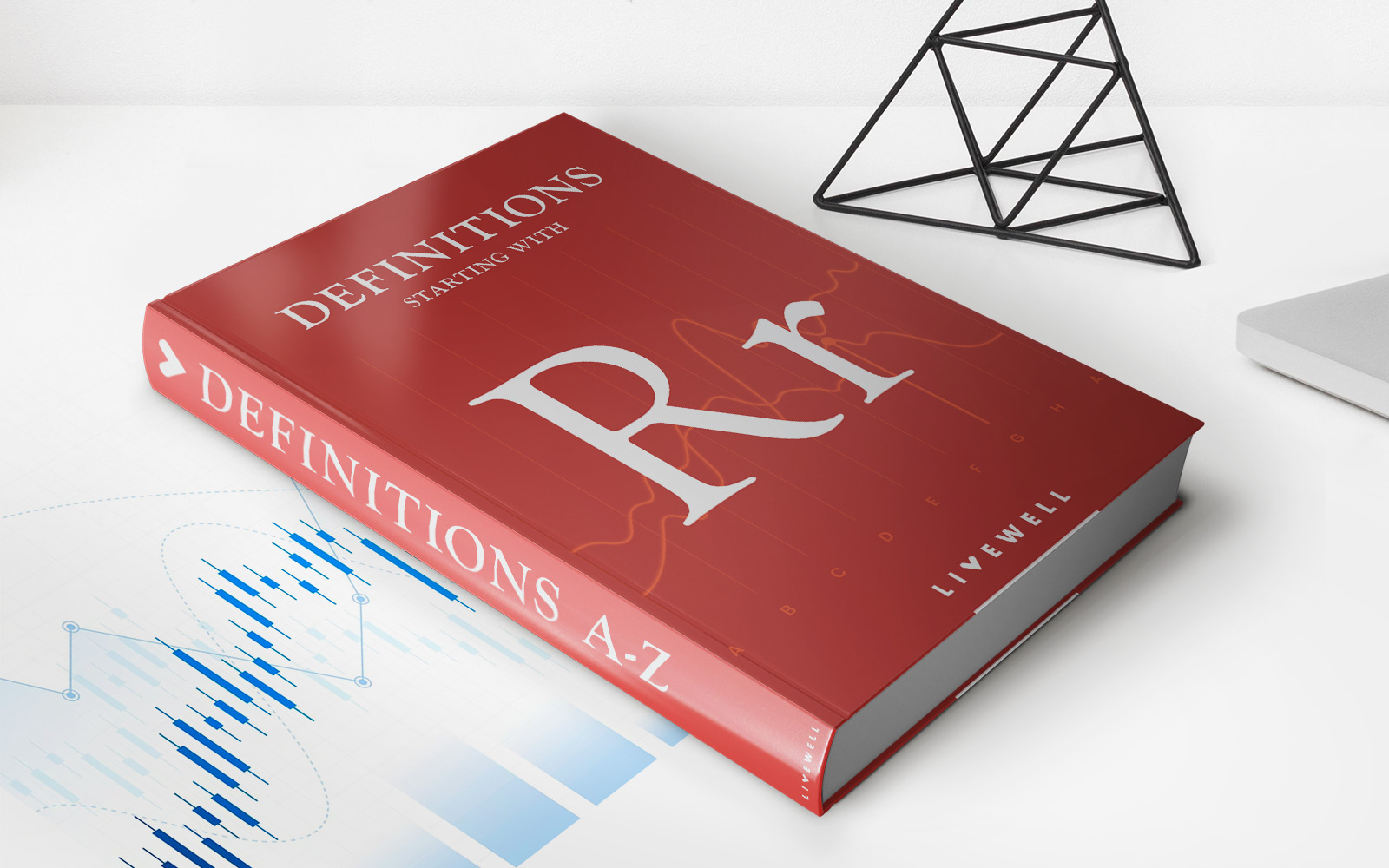

Finance
What Insurance Is Required For A Financed Car?
Published: November 21, 2023
Discover the insurance requirements for financing a car. Whether you're leasing or financing, understanding the insurance coverage you need is crucial.
(Many of the links in this article redirect to a specific reviewed product. Your purchase of these products through affiliate links helps to generate commission for LiveWell, at no extra cost. Learn more)
Table of Contents
Introduction
When purchasing a car through financing, it is important to understand the insurance requirements that come with it. Financing a car involves taking a loan to pay for the vehicle, and as the lender has a stake in the vehicle until the loan is repaid, they want to ensure that it is adequately protected.
Insurance plays a crucial role in protecting the investment of both the buyer and the lender. In the event of an accident, theft, or damage to the vehicle, insurance provides financial coverage and peace of mind. It helps cover the cost of repairs or replacement, medical expenses, and even liability claims resulting from accidents.
Insurance requirements for financed cars vary depending on several factors such as the country or state, the lender’s policies, and the type of vehicle being financed. However, there are certain minimum coverage requirements that are typically mandatory. Let’s dive deeper into the world of insurance for financed cars, understanding the different types of coverage, and how to ensure compliance with the lender’s requirements.
Understanding Financed Cars
Financing a car involves obtaining a loan to purchase the vehicle. Instead of paying the full purchase price upfront, buyers make monthly payments over a set period of time until the loan is paid off. During this time, the lender holds a lien on the car, which means they have a legal claim to the vehicle until the loan is fully repaid.
Financed cars are typically newer models, as lenders prefer to finance vehicles that retain their value and are less likely to encounter major mechanical issues. The value of the car serves as collateral for the loan, providing security for the lender in case the borrower defaults on payments.
It’s important to note that until the loan is fully paid off, the borrower does not have full ownership of the vehicle. However, they have the right to possess and use the car as long as they comply with the terms of the loan agreement, including maintaining the necessary insurance coverage.
Understanding the intricacies of financing a car is crucial for navigating the insurance requirements. It’s essential to know the terms and conditions of the loan, including any specific insurance obligations set by the lender. This knowledge will help ensure compliance and avoid potential issues down the road.
Why Insurance is Required for Financed Cars
Insurance is a mandatory requirement for financed cars for several reasons. Firstly, insurance provides financial protection for both the buyer and the lender. In the event of an accident or damage to the vehicle, insurance coverage helps cover the cost of repairs or replacement, reducing the financial burden on the borrower.
Additionally, insurance helps mitigate the risk for the lender. As the lender has a financial interest in the car until the loan is fully repaid, they want to ensure that it is adequately protected. If the car is damaged or totaled, insurance coverage ensures that funds are available to repay the loan, preventing a loss for the lender.
Furthermore, insurance is required to fulfill legal obligations. Most jurisdictions have laws in place that mandate drivers to carry a minimum level of insurance coverage. This is to protect third parties involved in accidents from potential financial liabilities. By requiring insurance for financed cars, the lender ensures compliance with these legal requirements.
Insurance also offers peace of mind for the borrower. With comprehensive coverage, they are protected from a range of risks, including accidents, theft, vandalism, and natural disasters. This provides a sense of security and financial stability, especially when the car is still being paid off.
Ultimately, insurance is required for financed cars to safeguard the interests of both the borrowers and lenders. It protects the financial investment, ensures compliance with legal obligations, and provides peace of mind for all parties involved.
Minimum Coverage Requirements
When financing a car, there are generally minimum coverage requirements that must be met. These requirements can vary depending on the country or state you reside in, as well as the lender’s specific policies. However, there are some common types of coverage that are typically mandatory for financed cars.
Liability insurance is a fundamental requirement in most jurisdictions. It provides coverage for bodily injury and property damage that you may cause to others in an accident. This coverage helps protect you from financial liabilities and can help pay for medical expenses, legal costs, and property repairs or replacements.
Uninsured/underinsured motorist coverage is another common requirement. This coverage protects you if you are involved in an accident with a driver who either doesn’t have insurance or has insufficient coverage to fully compensate you for damages. It helps cover medical expenses, lost wages, and other damages that you may incur as a result of the accident.
Additionally, personal injury protection (PIP) or medical payments coverage may be required in some areas. PIP covers medical expenses for you and your passengers, regardless of who was at fault in the accident. It may also provide coverage for lost wages and other related expenses. Medical payments coverage, on the other hand, helps pay for medical expenses resulting from an accident, regardless of fault.
It’s important to note that the required minimum coverage may not be sufficient to fully protect you in all situations. These minimum requirements are typically set to provide a baseline level of protection but may not cover all potential risks. It’s advisable to consider additional coverage options to ensure you have adequate protection.
It’s crucial to review your lender’s specific insurance requirements and communicate with your insurance provider to ensure that your policy meets the necessary minimum coverage requirements. By maintaining the required minimum coverage, you can meet your contractual obligations and protect yourself and the lender in the event of an accident or damage to the financed car.
Comprehensive and Collision Coverage
In addition to the minimum coverage requirements, comprehensive and collision coverage are essential types of insurance to consider for financed cars.
Comprehensive coverage provides protection against damage or loss to your vehicle that is not caused by a collision with another car. This includes incidents such as theft, vandalism, natural disasters, falling objects, or animal collisions. Comprehensive coverage helps cover the cost of repairs or replacement of your car in these circumstances.
Collision coverage, on the other hand, covers damage to your vehicle resulting from a collision with another vehicle or object, regardless of fault. This includes accidents where you collide with another car, hit a stationary object like a tree or a pole, or if your car rolls over. Collision coverage helps cover the cost of repairing or replacing your vehicle.
While comprehensive and collision coverage are not usually mandatory, they are highly recommended for financed cars. Since the lender retains an interest in the vehicle until the loan is fully repaid, having comprehensive and collision coverage provides a higher level of protection for both the borrower and the lender.
Without comprehensive or collision coverage, you may be responsible for covering the costs of repairs or replacement out of pocket in case of accidents, theft, or other events not covered by the minimum insurance requirements. This can be a significant financial burden and potentially affect your ability to continue making loan payments.
Before purchasing comprehensive and collision coverage, it’s important to understand the deductibles and limits associated with the policies. A deductible is the amount you are responsible for paying before your insurance coverage kicks in. Higher deductibles may result in lower premiums but require you to pay more out of pocket in the event of a claim. Limits refer to the maximum amount your insurance will pay for covered losses. It’s essential to choose deductibles and limits that align with your financial situation and level of risk tolerance.
By adding comprehensive and collision coverage to your insurance policy, you can enjoy greater peace of mind knowing that you have additional protection for your financed vehicle against a wider range of risks and potential expenses.
Gap Insurance
When financing a car, it’s important to consider the potential gap between the actual cash value of the vehicle and the amount owed on the loan. This is where gap insurance comes into play.
Gap insurance, also known as guaranteed asset protection insurance, covers the difference, or “gap,” between what you owe on your loan and the actual cash value of your car in the event of a total loss. In other words, it helps bridge the gap between your car’s current value and the outstanding loan balance.
Without gap insurance, you may find yourself in a challenging situation if your financed car is totaled or stolen. In such cases, your insurance company will typically reimburse you for the actual cash value of the vehicle at the time of the loss. However, this amount may be significantly lower than the remaining loan balance, especially in the early years of the loan when depreciation is highest.
By having gap insurance, you can avoid being in a situation where you owe more on the loan than what the insurance company covers. It prevents you from having to pay out of pocket for the remaining loan balance, which can be a substantial financial burden.
Gap insurance is particularly valuable for those who choose to make a small down payment or have a longer loan term. It provides additional protection, giving you peace of mind and allowing you to focus on your car payments without the added stress of potential financial loss in the event of a total loss or theft.
It’s worth mentioning that gap insurance is typically an optional coverage, but it is highly recommended for financed cars. Different insurance companies offer gap insurance policies, so it’s essential to shop around and compare rates and coverage options. Additionally, some lenders may also offer gap insurance as part of their financing package, so it’s worth exploring this option as well.
Before purchasing gap insurance, carefully review the terms and conditions of the policy, including any coverage limitations, deductibles, and exclusions. Understanding the specific terms of the gap insurance policy will ensure that you have appropriate coverage tailored to your individual needs and circumstances.
Lender’s Insurance Requirements
When financing a car, it is crucial to understand and comply with the insurance requirements set by the lender. Lenders have a vested interest in protecting their investment and will typically impose specific insurance requirements to ensure that the financed vehicle is adequately protected.
One common insurance requirement set by lenders is the minimum coverage limits for liability insurance. Lenders often require borrowers to carry a certain level of liability coverage to protect against potential damages or injuries caused to others in an accident.
Additionally, lenders may require comprehensive and collision coverage to be included in the insurance policy. This helps protect both the borrower and the lender in the event of damage or loss to the vehicle due to accidents, theft, or other covered events.
Some lenders may also mandate that the deductible for comprehensive and collision coverage be set at a specific amount. This ensures that the borrower bears a certain portion of the risk in the event of a claim, while still maintaining adequate coverage.
Furthermore, lenders may require that they be listed as the loss payee or lienholder on the insurance policy. This means that any insurance payouts related to the vehicle will be directed to the lender to ensure that the funds are used to pay off the loan or for repairs as needed.
Lenders often have specific requirements regarding the insurance company chosen, as well. They may require that the insurance company is reputable, financially stable, and licensed to operate in the borrower’s jurisdiction.
It’s crucial to carefully review and understand the lender’s insurance requirements before finalizing the loan agreement. Failure to comply with these requirements may result in a breach of the loan agreement and potential consequences such as repossession of the vehicle or additional fees.
To meet the lender’s insurance requirements, borrowers must communicate with their insurance provider and adjust their policy accordingly. The insurance provider can help ensure that the necessary coverage and documentation are in place to satisfy the lender’s requirements.
By understanding and meeting the lender’s insurance requirements, borrowers can protect themselves and their investment, comply with contractual obligations, and maintain a positive relationship with the lender throughout the loan term.
Shopping for Insurance for Financed Cars
When it comes to shopping for insurance for financed cars, it’s important to consider several factors to ensure you get the best coverage at a reasonable price. Here are some key points to keep in mind:
- Compare Quotes: Obtain quotes from multiple insurance providers to compare coverage options and premiums. This allows you to find the best balance between cost and coverage.
- Consider Deductibles: Evaluate the deductibles for different coverage types. Higher deductibles can lower your premiums but require you to pay more out of pocket in the event of a claim. Choose deductibles that align with your financial situation and risk tolerance.
- Understand Coverage: Review the policy coverage in detail to ensure it meets the minimum requirements set by the lender. Additionally, consider additional coverage options such as comprehensive and collision coverage to provide comprehensive protection for your financed car.
- Research Insurance Providers: Investigate the reputation, financial stability, and customer service of insurance providers. Look for companies with a track record of prompt claims handling and satisfactory customer experiences.
- Consider Bundling: Inquire about the potential for bundling your auto insurance with other policies, such as homeowners or renters insurance. Bundling can often lead to discounts and streamline the insurance process.
- Ask About Discounts: Inquire about available discounts that you may qualify for, such as safe driver discounts, multi-car discounts, or discounts for having safety features installed in your vehicle. Taking advantage of these discounts can help reduce your insurance premiums.
- Read Reviews: Research and read reviews from other customers to get a sense of their experiences with a particular insurance provider. This can provide insights into their level of customer satisfaction and claims handling process.
- Communicate with Lender: Keep the lender informed throughout the insurance shopping process. Ensure that the chosen insurance policy meets their requirements and provide any necessary documentation to fulfill their obligations.
By taking the time to shop around, compare quotes, and understand the coverage options available, you can find an insurance policy that offers adequate protection for your financed car while staying within your budget. Remember to review your insurance coverage periodically and make adjustments as needed to ensure your insurance needs are still being met.
Conclusion
Insurance is a vital aspect of financing a car, providing financial protection for both the borrower and the lender. It ensures that in the event of an accident, theft, or damage to the vehicle, the necessary funds are available to cover repairs or replacement.
When financing a car, it’s important to understand the minimum coverage requirements set by the lender and comply with them. Liability insurance is typically mandatory, while comprehensive and collision coverage are highly recommended to provide additional protection.
Gap insurance is also worth considering to bridge the gap between the car’s value and the outstanding loan balance in the event of a total loss or theft. This coverage can prevent borrowers from owing more on the loan than the insurance company covers.
When shopping for insurance for financed cars, it’s crucial to compare quotes, understand the coverage options, and consider factors like deductibles, coverage limits, and discounts. Researching insurance providers and their customer satisfaction levels can help in making an informed decision.
Ultimately, by meeting the insurance requirements of the lender, borrowers can protect their investment, fulfill contractual obligations, and ensure financial stability in the event of unforeseen circumstances.
Remember, insurance for financed cars is not only a requirement but also a way to protect yourself and your lender from financial risks. Take the time to choose the right insurance policy and review it periodically to make sure it continues to meet your needs throughout the life of the loan.
